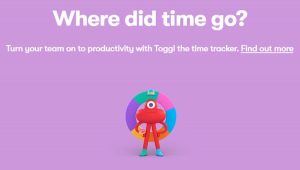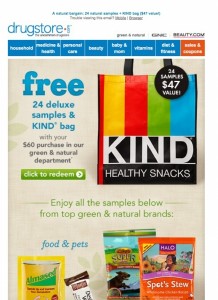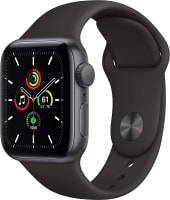As the digital landscape is ever-changing; so are the ways in which marketers are trying to bridge the gap between business and consumers. One way that companies are winning is the early adoption of digital proximity marketing as part of their overall strategy.
Why, you ask? The answer is right in our pockets. Or more than likely, our hands.
With smartphone usage becoming common place, digital marketing has finally come of age-giving brands the ability to deliver timely and relevant content to people right when they need it.
If you’re confused on how to utilize this new technology, you’re not alone. In fact, according to a recent Digital Shop Retail study, only 0.07% of overall marketing dollars are currently being spent in developing proximity programs. However, that number is expected to grow exponentially as more companies look to tap into the estimated 1.3 billion dollars in sales that have been generated by beacon technology thus far in the U.S. alone.
It’s All About The Context
When you are marketing based on a customer’s proximity to the product or service, the messages you use must be engaging enough to entice the highly-targeted audience. Therefore, it’s imperative to have the right data for the client. Not only in terms of identifying their location, but also to have a realistic picture of their past buying patterns to be able to make an offer they can’t refuse. Check out RetailNext, they are able to produce powerful in-store analytics that can help make the digital to physical world actionable for shoppers by determining what matters most for a much more personalized in-store experience.
That’s why context is such an important part of this beacon-based marketing strategy. It provides companies a chance to enhance their customers’ experience in order to establish and build loyalty.
Think about it. Studies show that 71% of in-store shoppers use smartphones for online research on a product or service. So if a business offered an app that would not only facilitated this research but gave coupons –it would go a long way towards establishing a connection with that customer. Especially if they can present the information instantly while the client is standing in front of the potential purchase item.
The key is to have the client see you as more than just a business, but a trusted advisor that they can depend on for information.
Getting Past Hello
Creating this potential bond starts with offering the right value for your clients. And that means, creating an app that not only offers a standard greeting but provides the personalized services the tech-savvy customers have come to expect. The easiest way to accomplish this to create a platform for your app that communicates seamlessly with your customer’s smartphone. So, they can create the perfect experience where a client entering the store will be instantly recognized. As store apps become more commonplace, how do you encourage your patrons to download yours? By offering exclusive rewards that they can receive nowhere else!
For example:
• Starbucks providing ability to order drinks for pickup and a pay-by-phone option for their fans
• Ikea gives their shoppers store maps, special one-day deals and a link to apply for their credit card.
• Marriott guests can use the app to order services such as pillows, room service and check-in The right value-added incentives can make all the difference for effective digital proximity marketing.
In fact, a recent JWire study revealed that 53% of consumers were willing to share their current location to receive more relevant advertising.
Not sure what to offer? Try coupons, as the same study determined that 63% of respondents considered coupons as the most valuable form of mobile marketing.
Case Study: The Golden State Warriors
Sport leagues have certainly led the way as an early adopter of smart digital proximity marketing. And the reasoning behind this isn’t surprising, considering that everything from the layout of the stadiums to the messaging on the ticket was designed to create a world-class experience for their fans.
The league that is certainly leading the way is the National Basketball Association. Over the past few years, the NBA have leveraged partnerships with prominent companies like Sonic and Apple to fully interact with their target base.
One league franchise that is attracted a lot of attention for doing so are the Golden State Warriors. Last year, they became the first NBA team to use Apple’s iBeacon technology to solve an age-old question about how to upsell more seats.
According to the team’s Digital Marketing Director, Kevin Cote, the team historically had about 50 extra spaces per game that went unsold. Kevin’s ingenious solution targeted those fans who purchased “nosebleed” seats-usually located in areas of the stadium that were further away from the on-court action. However, those individuals who had a Warriors mobile were sent a special offer to upgrade their seats upon entering Oracle Arena.
In less than a year since the program launched, the Warriors have reported a 15% increase in upgrade sales that can be directly traced back to the alerts. In fact, they were so pleased with the results that they expanded their efforts to move merchandise in their on-site team store. All while getting rave reviews from CNET and the Atlanta Tribune for their forward-thinking approach to marketing.
Key Takeaway
Brands looking to a new ways to connect with their customers should consider including digital proximity marketing as part of their overall strategy. Data about the clients, including historic spending habits, can be used to personalize offers that best meet their needs. The most successful digital proximity marketing campaigns are those that combine broad value-added incentives with highly-targeted alerts.
Digital & Social Articles on Business 2 Community(127)






